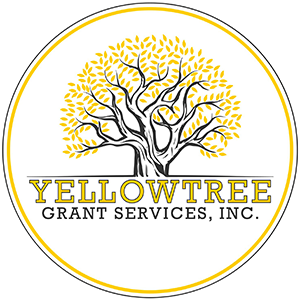Demonstrating Sustainability
"How will you sustain the program?" is a common and often frustrating question on funding applications, particularly in competitive funding environments where long-term planning is challenging. Despite this reality, funders are looking to financially support initiatives with strategies for enduring impact, and the assurance that their investment will result in lasting benefits beyond the initial funding period. Here is what funders typically seek to understand:
Funders look for a realistic financial plan that demonstrates the ability to secure funding beyond their contribution. This may involve diversifying funding sources, demonstrating the potential for continued support from other sources such as government grants, individual donors, or “self-generating” revenue, (e.g., fees charged for a training program, or fundraising event revenue). To be fully transparent, provide clarity about confirmed, applied for, and intended applications. Estimates for self-generated revenue should be based on past actual numbers and referenced as such (e.g., last year our fundraising event generated $12,000).
Highlight any program cost-effectiveness measures to show responsible use of financial and other resources (e.g., sharing resources with a community partner to reduce costs, using volunteers).
Acknowledging potential risks and challenges to sustainability is important. Outline proactive measures to address these risks (e.g., contingency plans for program relocation if that is a potential concern). This shows foresight and preparedness.
Funders are interested in the organization's capacity to manage and operate the program effectively over time. Highlighting strong leadership, skilled staff, established governance structures, active Board engagement, and effective internal management systems demonstrates organizational readiness.
Demonstrating meaningful community engagement—including involvement in program design, implementation, and decision-making processes—impresses funders. Strategies for maintaining long-term community support and participation (e.g., establishing an advisory table, using volunteers etc.) strengthen sustainability.
Funders appreciate organizations committed to learning and improvement. They expect evidence of data collection, performance measurement, monitoring, and learning processes that enable program adaptation to changing circumstances, needs, and opportunities, ensuring continued relevance.
Evidence of the program's impact is essential. Use quantitative and qualitative data, including success stories, testimonials, and case studies, to illustrate positive outcomes for individuals and/or the community. Effective programs are more likely to attract ongoing support from funders and stakeholders.
Incorporating these elements into your application will help articulate the sustainability of your program, instilling confidence in current and potential funders, and increasing your chances of securing long-term financial support.
